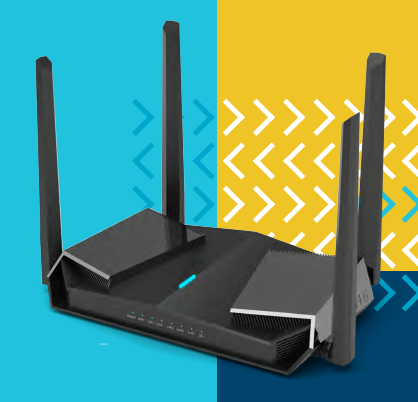The Secret of Tri-Band Routers: Why 3 Frequencies are Better Than 2
 It is commonly known that wireless networks mainly use the 2.4GHz and 5GHz frequency bands. 2.4GHz has better penetration but more interference, while 5GHz has less interference but weaker penetration and faster speeds. So what is tri-band all about?
It is commonly known that wireless networks mainly use the 2.4GHz and 5GHz frequency bands. 2.4GHz has better penetration but more interference, while 5GHz has less interference but weaker penetration and faster speeds. So what is tri-band all about?
Tri-band does not go beyond dual-band conceptually. Simply put, a tri-band router has 3 network cards installed - one for 2.4GHz and two others for different 5GHz channels.
To visualize it, think of a router with 3 network cards as a road with 3 lanes, each taking a separate path without interfering with others. By expanding the lanes, it relieves congestion on 2.4GHz and 5GHz, significantly increasing overall connections and speeds.
So should you choose a dual-band or tri-band router?
Firstly, both dual-band and tri-band routers work for everyone, but for those unsure, consider the following:
1. Multiple simultaneous devices - Households with many users and devices should get a tri-band router, as the 3 frequencies effectively prevent interference for faster speeds.
2. Live streamers and gamers - Tri-band routers can optimize networks by dedicating a frequency band for live streaming and gaming traffic, preventing lag and disruption.
3. New home network planning - With increasing smart home devices, future-proof your network with a high-spec tri-band router to avoid bottlenecks.